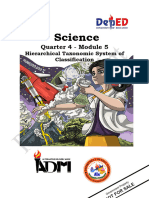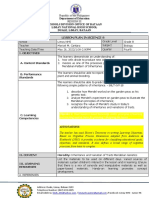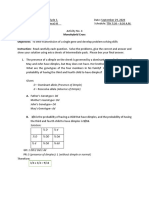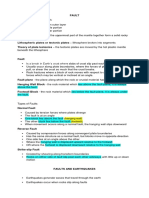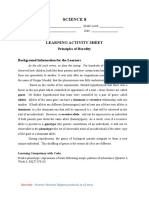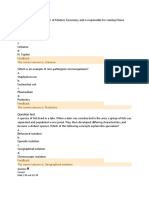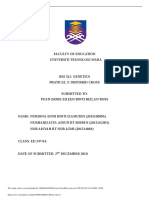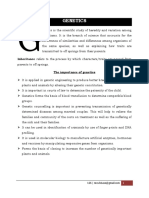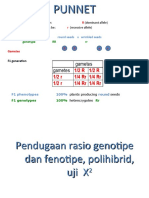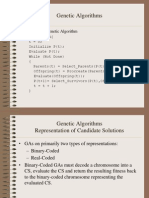0% found this document useful (0 votes)
5K views10 pagesQ1 - WS - Science 8 - Lesson 4 - Week 4
This document contains Learning Activity Sheets for Grade 8 Science, specifically for Quarter 1, Lesson 4, focusing on predicting traits through genetics. It includes various activities, objectives, and materials needed for teachers participating in the pilot implementation of the MATATAG K to 10 Curriculum for the school year 2024-2025. The lessons cover topics such as inheritance patterns, monohybrid crosses, and the influence of genetics on traits in both butterflies and pea plants.
Uploaded by
malizaaileenCopyright
© © All Rights Reserved
We take content rights seriously. If you suspect this is your content, claim it here.
Available Formats
Download as DOCX, PDF, TXT or read online on Scribd
0% found this document useful (0 votes)
5K views10 pagesQ1 - WS - Science 8 - Lesson 4 - Week 4
This document contains Learning Activity Sheets for Grade 8 Science, specifically for Quarter 1, Lesson 4, focusing on predicting traits through genetics. It includes various activities, objectives, and materials needed for teachers participating in the pilot implementation of the MATATAG K to 10 Curriculum for the school year 2024-2025. The lessons cover topics such as inheritance patterns, monohybrid crosses, and the influence of genetics on traits in both butterflies and pea plants.
Uploaded by
malizaaileenCopyright
© © All Rights Reserved
We take content rights seriously. If you suspect this is your content, claim it here.
Available Formats
Download as DOCX, PDF, TXT or read online on Scribd
/ 10











